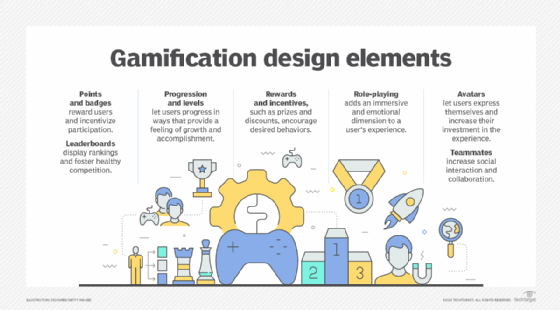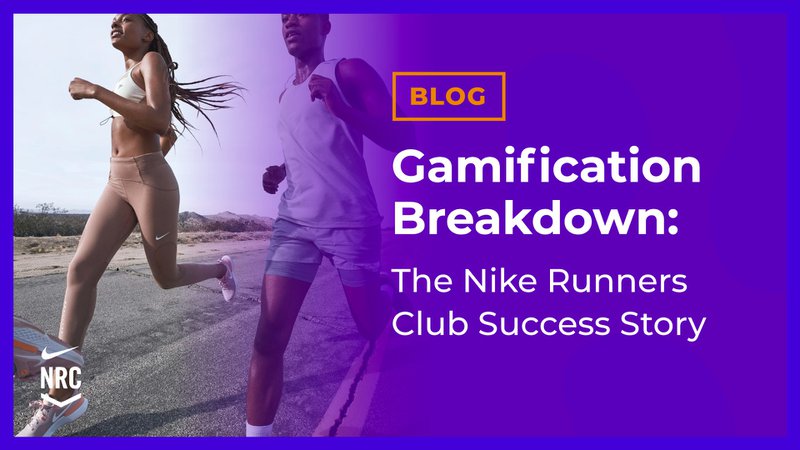The Role of Gamification in Modern Marketing Strategies: Engaging Consumers in Unique Ways
Meta Description: Explore how gamification enhances marketing strategies, driving consumer engagement and loyalty through innovative and creative approaches.
In the rapidly evolving landscape of marketing, staying ahead of the curve is essential for success. One innovative method that has gained traction in recent years is gamification. By incorporating game-like elements into marketing strategies, brands can foster deeper engagement with their consumers, differentiating themselves in a crowded marketplace. In this blog, we will explore the role of gamification in modern marketing strategies, examining its benefits, successful case studies, implementation tips, and future outlook.
About the Author
My name is Eliana Novak, and I have over five years of experience in SEO and digital marketing, helping various brands optimize their strategies and engage effectively with audiences. Through this blog, I aim to shed light on how gamification can transform the marketing landscape.
What is Gamification?
At its core, gamification refers to the application of game-design elements and principles in non-game contexts to motivate engagement and foster participation. These elements can include points, badges, leaderboards, challenges, and rewards. The idea is to make mundane tasks more enjoyable and rewarding, encouraging consumers to interact more with brands.

In an age where consumer attention is fragmented, gamification offers a means to capture and retain interest, providing a more compelling user experience. It taps into intrinsic and extrinsic motivation—while intrinsic motivation involves the enjoyment of the activity itself, extrinsic motivation involves rewards such as discounts or prizes.
The Impact of Gamification on Engagement
Research supports that gamification is a powerful approach for enhancing consumer engagement. For instance, a study by Gartner predicts that by 2025, gamified experiences will serve as a primary driver of customer engagement for 70% of top global brands. Moreover, according to B2B Marketing, brands implementing gamification strategies can see engagement improvements of up to 48%.
Gamification is proven to be effective in various sectors, particularly in marketing, education, and employee training. For example, the Institute of Play discovered that game-based learning can enhance retention rates by as much as 90% compared to traditional learning methodologies, indicating that gamified experiences stick with users longer.
Successful Case Studies of Gamification in Marketing
Many prominent brands have effectively harnessed gamification to engage consumers and drive brand loyalty. Here are a few noteworthy examples:
Starbucks: Their Starbucks Rewards program exemplifies successful gamification by incentivizing purchases through a system where customers earn stars for every purchase. These stars can be redeemed for rewards, creating a sense of achievement and loyalty among customers.

Nike: The Nike+ platform gamifies fitness by allowing users to track their workouts, join challenges, and share accomplishments. Participants are motivated not only by their personal goals but also by competing against others, which encourages consistent engagement with the brand.

Duolingo: This language-learning app employs gamified strategies, including streaks, levels, and rewards, leading to a high engagement rate with millions of daily active users. By turning language learning into a game, Duolingo has made education enjoyable while significantly improving user retention.
Practical Tips for Implementing Gamification in Marketing
For marketers looking to integrate gamification into their strategies, here are some actionable steps:
Start Small: Initiate with basic rewards for consumer interaction, such as offering discount coupons for social media sharing or email sign-ups.
Create Engaging Challenges: Develop challenges that resonate with your brand and audience. Keep them fun and relevant to encourage maximum participation.
Encourage User-Generated Content: Foster community engagement by rewarding users who contribute original content or share their experiences, creating a sense of belonging and investment in your brand.
Utilize Technology: Explore how augmented reality (AR) or virtual reality (VR) can further enhance gamified experiences, providing an engaging platform for both education and entertainment.
Enhancing Customer Experience and Retention through Gamification
Gamification fundamentally changes how customers experience brands. By infusing fun and rewards into interactions, brands can create memorable experiences. One noteworthy statistic from Aberdeen Group shows that gamified customers can enjoy a 20% longer customer lifetime than non-gamified customers, highlighting how effective this strategy can be in retaining consumers.
Alignment with Behavioral Psychology
The success of gamification can be attributed to behavioral psychology principles:
Intrinsic and Extrinsic Motivation: Gamification effectively harnesses both intrinsic and extrinsic motivations. While users enjoy the engaging aspects of gaming, they are also incentivized by tangible rewards.
FOMO (Fear of Missing Out): Gamified marketing campaigns often leverage FOMO, encouraging consumers to participate to avoid missing out on rewards or achievements.
Emerging Trends and New Technologies
Gamification continues to evolve alongside technological advancements. Current trends include:
Augmented Reality (AR) and Virtual Reality (VR): These technologies create immersive experiences that allow consumers to engage with brands in novel ways.
Data Analytics: Enhanced data analytics are enabling brands to personalize gamified experiences based on user behavior and preferences, which can lead to increased satisfaction and loyalty.
Challenges and Limitations of Gamification
While implementing gamification can yield significant benefits, there are challenges to consider:
Clear Objectives: Brands must establish clear objectives for gamification efforts to avoid potential pitfalls.
Avoid Overcomplication: It's important not to overcomplicate the user experience with excessive rules or complex structures that could deter participants.
Genuine Engagement: Ensuring that gamification strategies foster genuine engagement rather than superficial interactions is critical for long-term success.
Future Outlook of Gamification in Marketing
As technology continues to advance, the role of gamification in marketing will likely expand. We can anticipate more sophisticated methods for personalizing gamified experiences through AI and machine learning, allowing for the creation of campaigns that resonate deeply with individual desires and motivations.
Conclusion
Incorporating gamification into your marketing strategy can yield transformative results, enhancing consumer engagement and fostering brand loyalty. As we gaze into the future, the potential for innovation in this area continues to grow, offering marketers unique opportunities to captivate their audience.
For those keen on exploring more insights and trends surrounding digital marketing, consider diving deeper into related topics by subscribing to our newsletter or engaging in discussions around new ideas in the realm of gamification. Your journey in mastering consumer engagement starts here!
